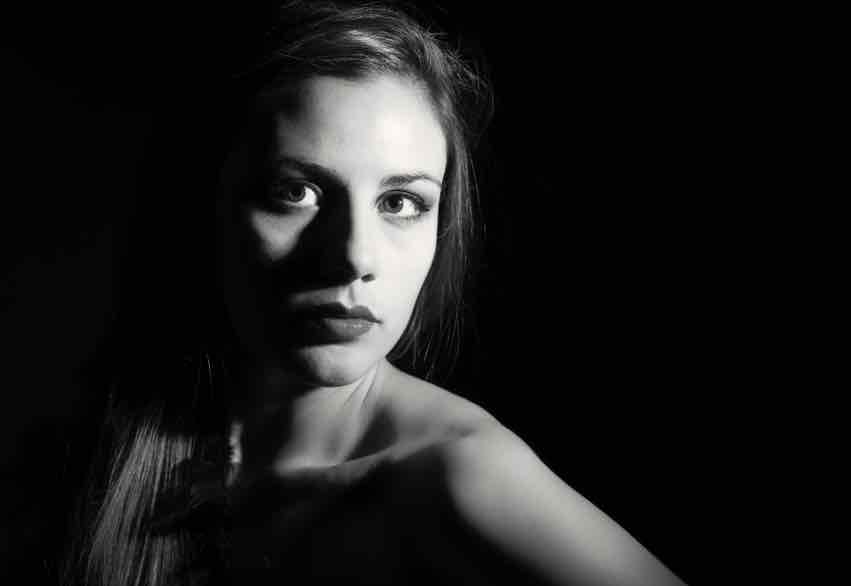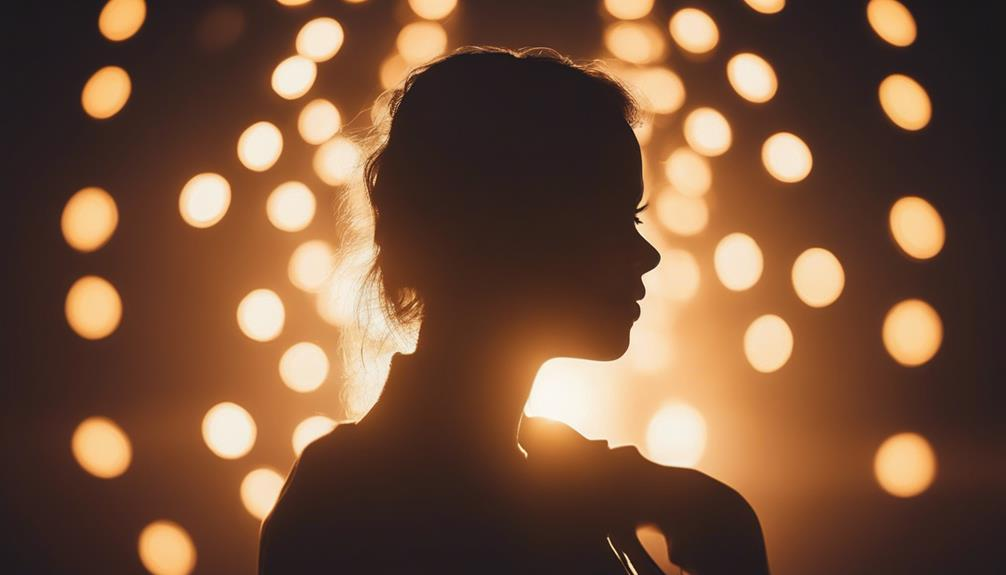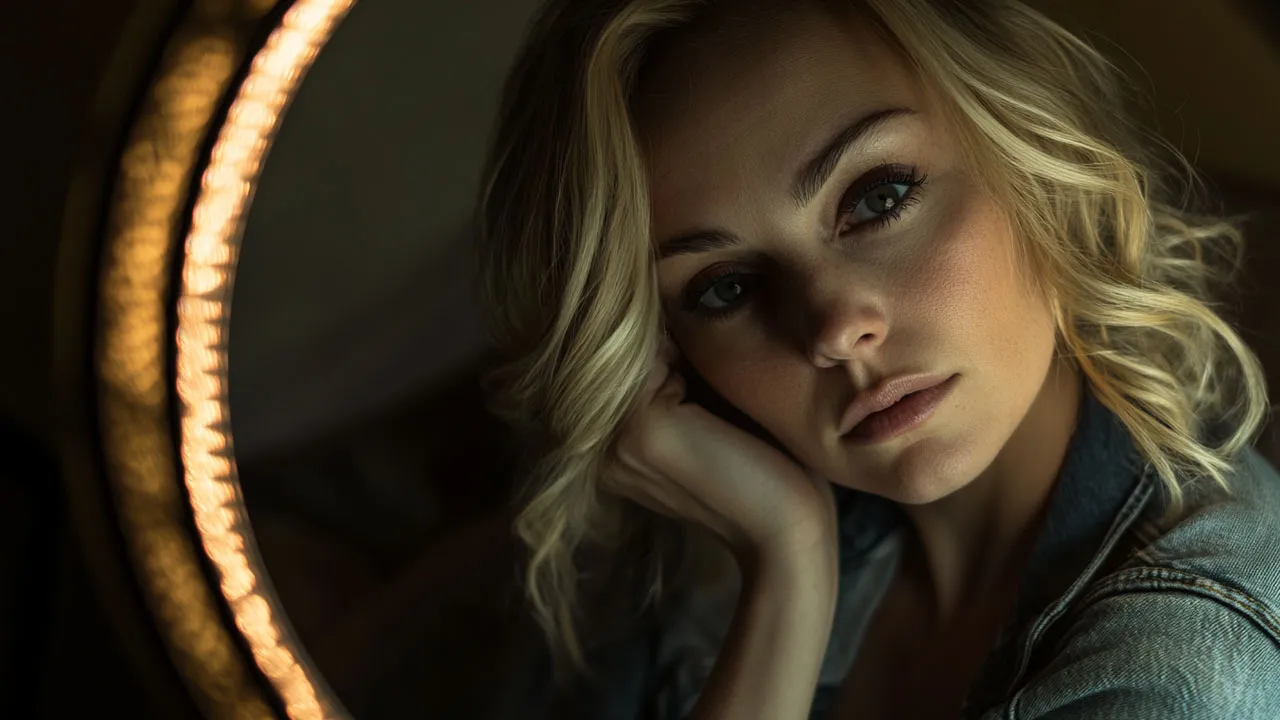Rembrandt lighting, named after the Dutch master painter, is a classic technique in photography that uses a single light source to create dramatic, triangular shadows on a subject’s cheek. This setup not only sculpts the face with dimension and mood but also evokes a timeless, painterly quality. Often used in portraiture and cinematic scenes, it’s prized for its emotional depth and visual storytelling power.
Professional photographers, cinematographers, and lighting designers—aligned with the E-E-A-T framework (Experience, Expertise, Authoritativeness, Trustworthiness)—recommend this technique for its ability to flatter most facial structures while conveying intensity or introspection. It typically involves placing the key light at a 45-degree angle above and to the side of the subject, allowing shadows to naturally fall on one half of the face while forming the signature triangle under the eye on the shadow side. Its elegance lies in its simplicity.
Rembrandt lighting isn’t just a nod to classical art—it’s a tool for modern creatives to infuse subtle emotion and sophistication into their compositions. Whether you’re shooting headshots, moody portraits, or cinematic scenes, mastering this timeless technique adds professional polish and storytelling depth to your visual work.





